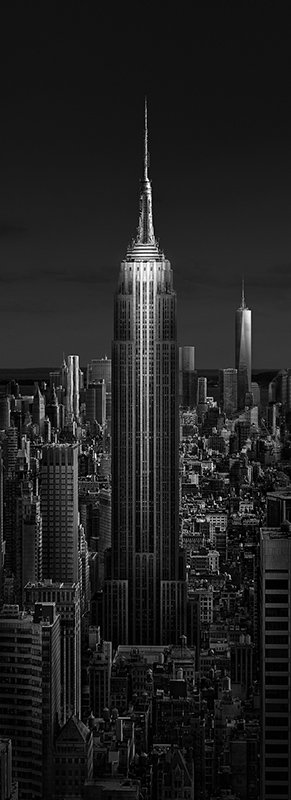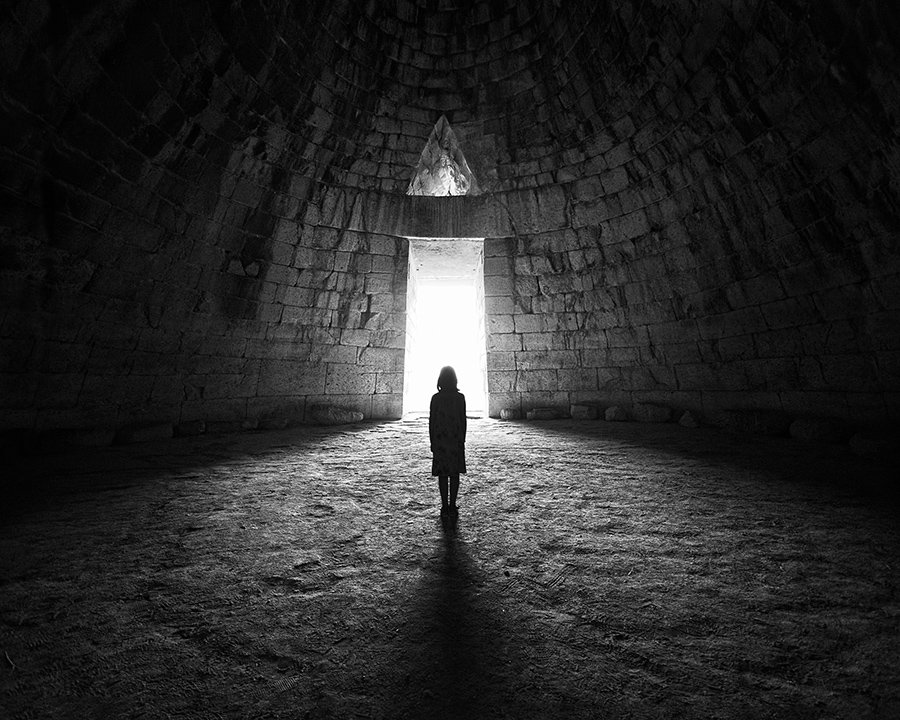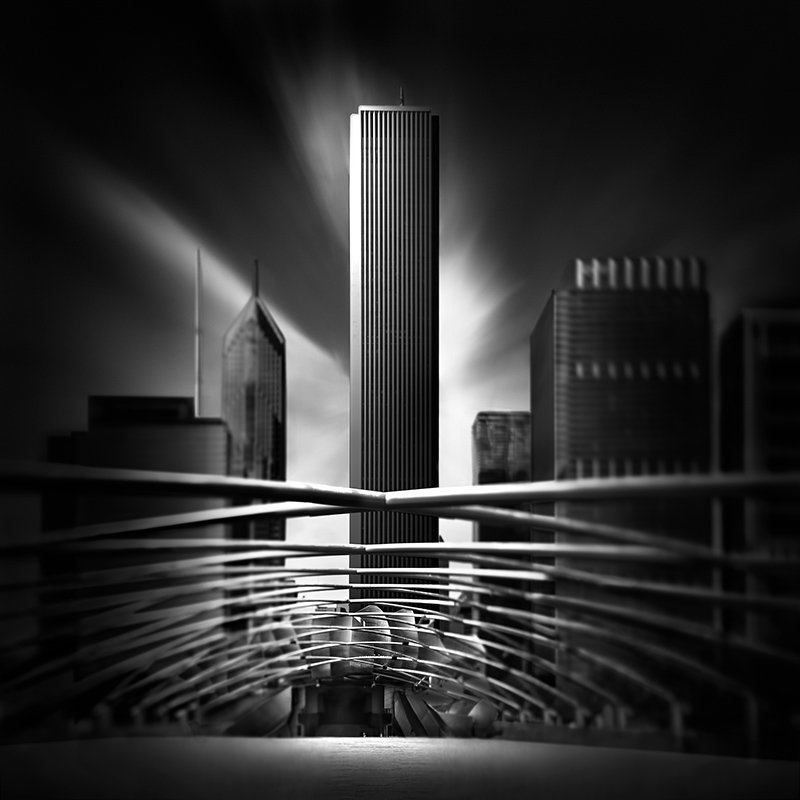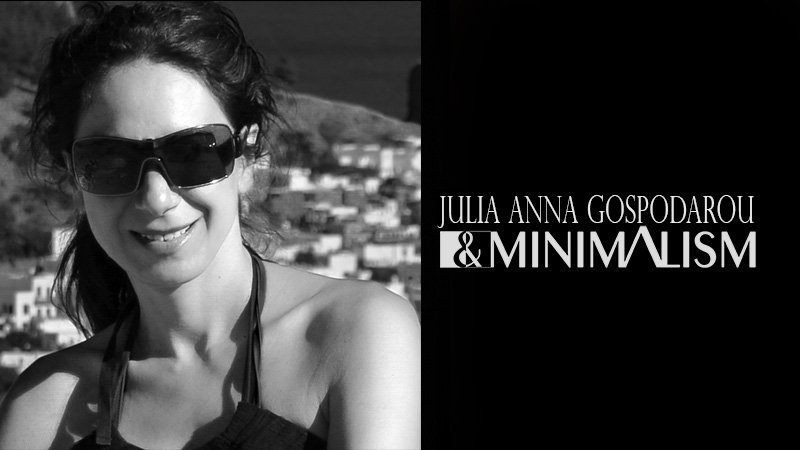
Hello Julia, hope you are well. First, allow me to congratulate you on achieving Architecture Photographer of the Year title for your Urban Saga series in the International Photography Awards (IPA 2016). Please briefly tell us about yourself.
I had my first camera when I was around 14 years old and I remember getting it was a big event for me. I’ve always loved photography and I was exposed to it even before having my own camera through seeing my father taking photos from even when I was a baby.
I started getting more serious with photography in my twenties and I was using it many times to document the buildings I liked as a student in architecture and later as an architect. I’ve always had a passion for architecture and this is probably why my main subject in photography is architecture. I love to look at architecture, I love to design architecture and I love to photograph architecture. It is not the only subject I like but it is definitely the one that can express me the best and that gives me the most freedom of creation because I think in architectural terms.
Slowly I started to do photography more and more intensively and for the past years I’m working as a professional photographer, doing not only purely photography, but also teaching workshops, mentoring students and authoring books and other educational material for fine art photography. Besides that, I am also exhibiting my work in fine art photography galleries worldwide, being represented by Rotella Gallery in New York.
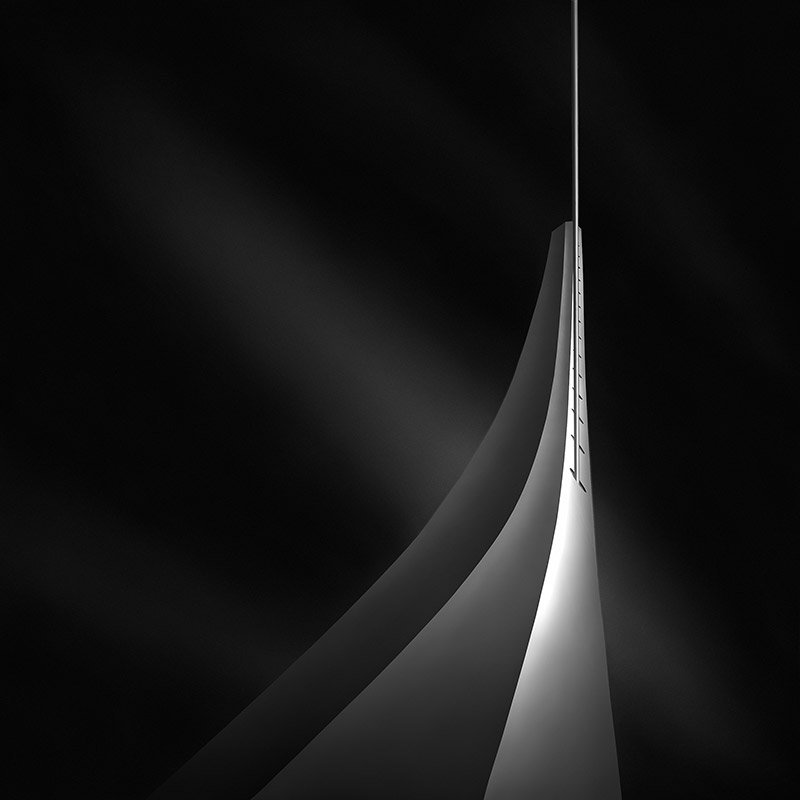
I truly admire your Urban Saga series. When I saw it for the first time, I said to myself: WOW, this is amazing! Your unique lightning style along with aesthetically beautiful composition has turned your collection into a one-of-a-kind Architectural series. Please briefly describe the series to us.
Urban Saga is one of the series I love most in my photography and the one that brought me the highest award for fine art architecture photography this year when I was awarded Architecture Photographer of the Year at the IPA International Photography Awards.
What I intended to do in Urban Saga was to show my emotion in front of some of the most iconic buildings in the world, while trying to present them in a different light than how we are used to see them. The way I intend to communicate this emotion is by idealizing my subject visually presenting what I consider the most eloquent element of the buildings I photograph. There is tension and serenity in these buildings that matches the tension and serenity in my story, the “Saga”, which gives the name of the series, and I intend to convey this idea by using strong contrasts created by a combination of intense dark and bright tones. Another characteristic of this series are the tight frames, which I’m using in order to emphasize more the dominant object in the image and less the environment, so the eye can concentrate more at the shapes and they symbolism. In this series, like in all my photography, I am using my processing method Photography Drawing, which allows me to control the distribution of tones in the image and emphasize or conceal, by case, areas of the image that are more or less important for my story. What I do is to use light as a tool to create a path that will guide the view towards the point of view with the most emotional impact. Using light in this way and being able to control it allows me to translate my ideas into light and shadow so I can communicate them and create a story.
What kind of gear do you take along with you while shooting?
What I always have with me when I go out shooting are my two Canon tilt-shift lenses, the 24 mm and the 17 mm. I’m using a full frame camera, the Canon 5DMKIII and, together with these lenses and an all-around lens, a 24-105 mm, this is what gives me most of my images. If I have some more room in my bag, I take with me the 70-200 mm f/2.8 and the 17-40 mm and then I have even more freedom in approaching my subjects. Since I’m working quite a lot with long exposure, I will also have with me my tripod, my neutral density filters and some other accessories helping me to shoot long exposure.
I know that the concept behind your work is very important to you. I would like to know more about your concepts and what things inspire you?
In fine art photography, which is what I aim to do with my work, I think the idea and the vision of the artist is what creates the photograph, and photography is only a tool we are using to give shape to our vision. I think photography is about the artist first and then about the object he is photographing. This is what gives the artist the freedom to create and to go beyond any boundaries that may have been set to photography by the fact that most think that the camera is what makes the photographer while that is only his tool, just like a brush is the tool of the painter.
Because that is my belief, I don’t even call my work photography but (en)Visionography and I consider thinking in this way about photography gives us a freedom that we wouldn’t have in the case of traditional photography or if we considered photography just as the activity of capturing what is in front of us.
This is why I think photography and especially fine art photography needs a new name and this is the name I’m giving it – (en)Visionography.
The tools we have in photography today combined with the power of the software we are using to create our images, instead of developing them in the darkroom like in the analog era, makes photography a great instrument to express oneself and translate one’s inner world and life experiences into photography. This is what (en)Visionography means, a new way of using photography to create art, to express a vision and narrate a life, the life of the artist.
I think this is what artists are doing in all artistic genres, either photography, painting, sculpture, architecture, or even music and writing. It is about finding a tool to express their vision about the world. Each of these tools help the artists create a language that he can use to communicate to others the things that cannot be communicated in a regular way, but that can be made clear when he uses symbolic means, as photography for example.
I am presenting the idea of (en)Visionography and my fine art philosophy in my book “From Basics to Fine Art” (link to book http://sites.fastspring.com/juliaannagospodarou/product/frombasicstofineart ) written in collaboration with John Tjintjelaar, and even more in my new upcoming video tutorial “Creating (en)Visionography – Long Exposure, Architecture and Beyond” (link to video http://blog.juliaannagospodarou.com/creating-envisionography-video-tutorial-fine-art-long-exposure-architecture/ ) that I will be launching these days.
What Is your favorite website or blog you visit often?
Two of my favorite go to websites for news about art, architecture and photography are https://www.yatzer.com/ and http://www.americansuburbx.com/ . There are different other websites I’m visiting but these two are among the first I would recommend to someone who loves art and photography so to keep in touch with what is happening in these mediums.
Have you ever had any problems with security or authorities when taking photos of buildings? If yes, it would be great if you can give us an example please.
I cannot say I had serious problems so far, but I have had different issues with security guards who were overzealous or who didn’t know what is permitted and what not. What I do in these cases in principle is try to compromise. Sometimes it’s no use explaining the rules to someone who has other orders, so the best is to negotiate and sometimes it happens that you may not even be able to shoot some locations and all you can do is accept it. There are also some locations that require a permit and if you have it then this is the easiest way to go about it. But as a rule, if you talk openly and respectfully with the security guards, you have the most chances to get your shot.
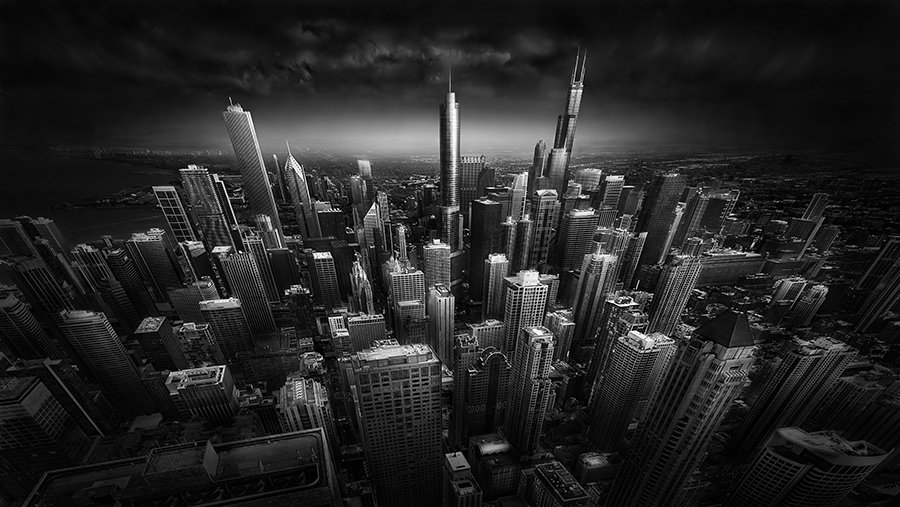
What does ‘Minimal photography’ mean to you, and how has it affected your life?
In my opinion minimalism has to do with the essence of the photograph. Many assimilate minimalism with the use of simple shapes and wide areas of negative space, but for me it is more about being able to reduce your subject and the idea to a symbol that can speak for you, rather than using one or the other visual representations. This is in line with what I think generally about fine art photography, that it has to convey a feeling, an idea and an emotion, rather than simply playing with shapes and light. I think the idea has to come first and when this idea holds inside and the essence of the artist’s vision, then it translates in a minimalistic representation. This is something I try to do in my work by starting with my vision and with my emotion and not necessarily with the subject I’m shooting, and by transforming this idea into a symbol, which is the object I am presenting in the image.
I know you have Participated in many competitions and won many titles. What impact have the had on your success and your career as a photographer?
Indeed I have participated in many international photography competitions over the years, and I have won awards in almost all of them. I am proud of these awards, and especially of the fact that my work was appreciated in such a large range of competitions, because it means that different kinds of people were impressed by it. Being able to touch all those people is the most precious reward I take from these awards. I cannot say that the awards in themselves have the power to change someone’s career. However they are a leverage and a way of putting your work out there for the others to see it. It also gives you feedback of how much the others are reacting to your work and it is also a way of presenting your work to those who don’t know you and who are looking for an indication on who you are as a photographer.
If you have an upcoming workshop or exhibition, We would appreciate you letting us and our readers know about it.
I am indeed preparing a workshop for end of March 2017 that will take place in London, one of the best cities I know for photography. The workshop is almost full and I’m looking very much forward to it, just like I’m looking forward to all my workshops. It gives me a great pleasure and satisfaction to share what I know with other photographers and give them the tools to express themselves through photography, and I’m happy that so many of my students went ahead and won awards and did great things in photography after our work together. It’s a great joy and one of the main reasons I’m doing workshops and mentoring students: to see them happy because they can express themselves through photography.
I’m also preparing an exhibition for next spring and I’m quite excited about it. I’ll have more details about it soon but I can already say is going to be very interesting event.
What are your plans for the future?
I have many ideas and plans for the future and they have to do not only with the kind of photography I’m known for but also with diving into different other styles and genres. I think trying different things can not only challenge your creativity but it can also help you innovate in the main genre you’re working in. One of these directions is people photography, which I haven’t done very much in the past but is on my list for the near future.
I’m also preparing some new photography events and I’m working on some new concepts for fine art photography.
B&W Minimalism Magazine Issue 02




